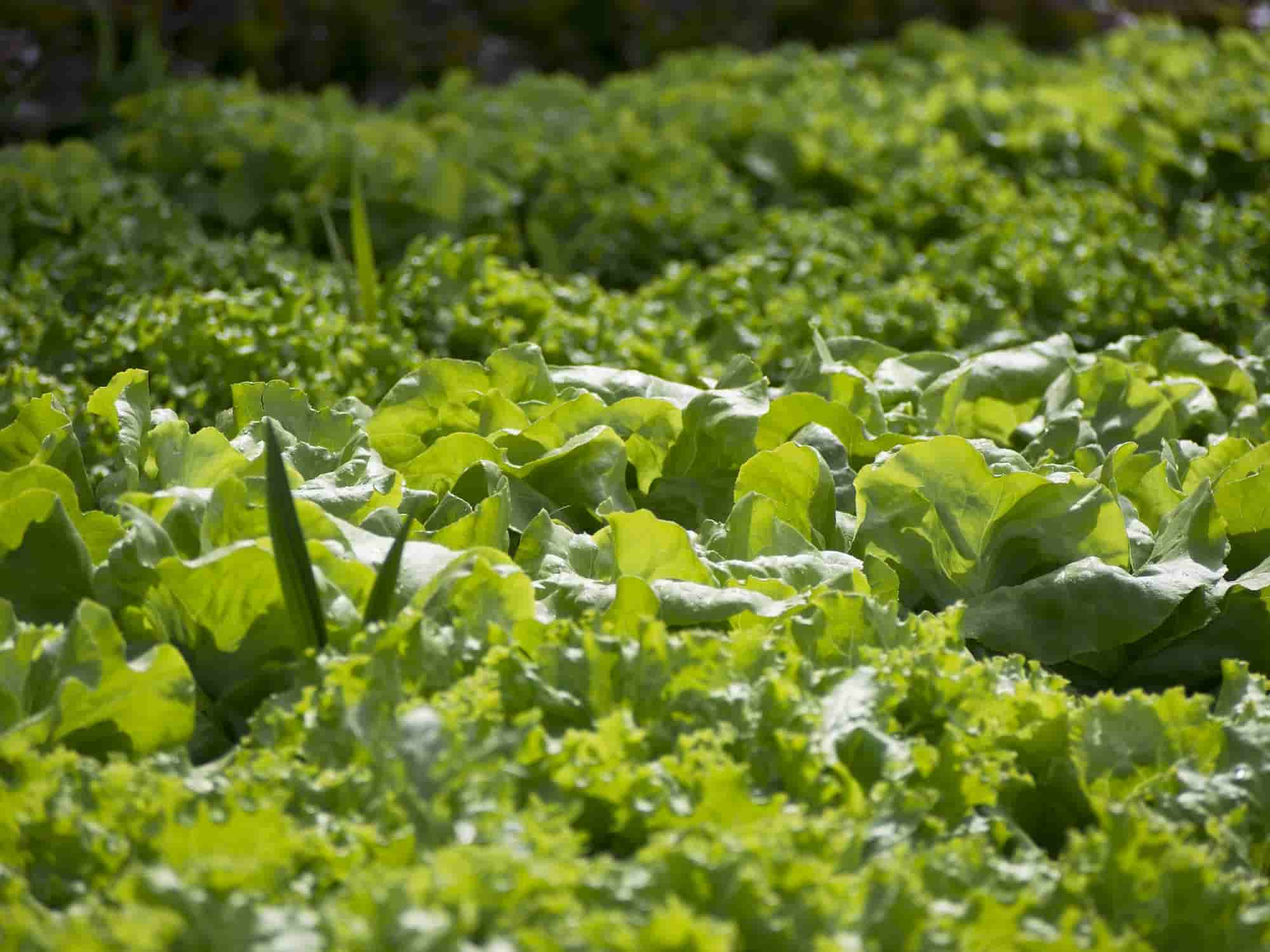
8 fast-growing vegetables
Discover our rapid-growth vegetables for busy gardeners
Contents
Everything comes to those who wait,” said French poet Clément Marot. Indeed, the main virtue expected of a gardener is patience. He respects nature’s rhythm and the seasons, waits for the right moment to sow or plant… Often, capricious weather brings him back to order with late frosts or unseasonal warmth, confirming him in his role as a patient gardener. However, for various reasons, this same gardener sometimes wants to upset the order of things and to see the fruits (the vegetables!) of his labour spring up quickly from the ground. By choosing vegetables with rapid growth, the vegetable garden will soon fill with fine harvests. Discover with us the eight vegetables that grow quickly.
Vegetables that shoot up under 25 days
Garden cress with a slightly peppery flavour
Popular in salads, in soups or simply as a garnish, for example with potatoes, garden cress (Lepidium sativum) is the champion among rapid-growth vegetables. In 20 to 25 days, its small dissected leaves, with a strong, peppery flavour, can be harvested and eaten. Add the fact that it is undemanding in terms of soil and care, and it is a joy for impatient gardeners.
Unlike its cousin watercress, garden cress is sown from March to September outdoors, in a shaded, sheltered spot. If you stagger sowings, you will have garden cress continuously in the vegetable patch. Keep soil moist to prevent flowering.
Harvest as needed, before flowering, by cutting leaves that have reached 6 to 8 cm at ground level.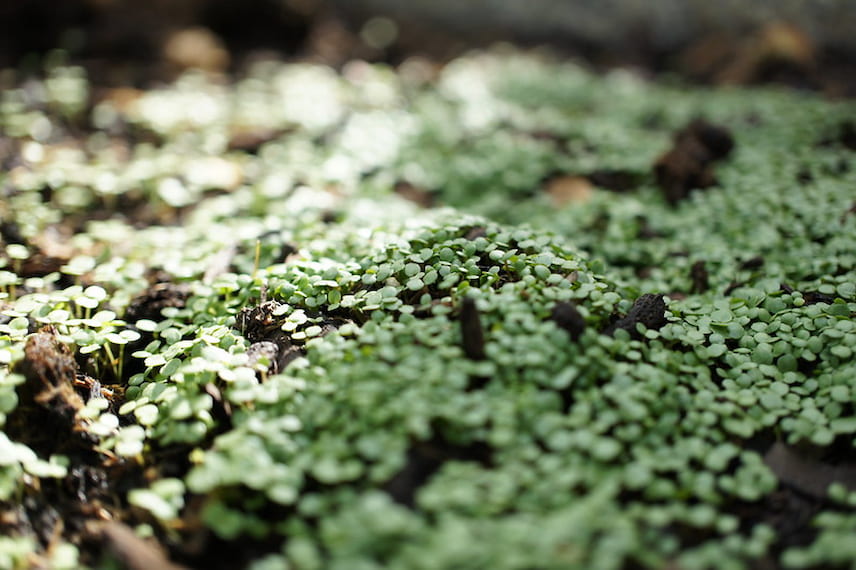
Varieties to favour: the common garden cress with a slightly piquant flavour and the curled garden cress with deep green leaves.
Radish for every month, a crunchy vegetable
Known for rapid growth and high yields, radish (Raphanus sativus) suits gardeners in a hurry. It must be harvested quickly, otherwise it can become hollow and hot-tasting. Very easy to sow, radish nevertheless needs regular watering and a sunny position. If these conditions are met, radishes are ready to eat in around a month on average. Some varieties, such as the aptly named 18-day radishes, will delight you in just 18 days!
To promote radish growth, also thin seedlings. By staggering sowings from February to November every three weeks, you will have a continuous supply of radishes.
Varieties to favour: the 18-day radish, Cherry Belle and Scarlet Globe with round, red roots, and Pernot with semi-long roots.
Read also
How to choose your radishes?Vegetables that grow in a month
spinach, spring or winter vegetable plant
Rich in vitamins, spinach (Spinachia oleracae) can be eaten one month after sowing, harvesting leaf by leaf. To grow spinach successfully in vegetable garden, it is essential to respect short-day or long-day varieties.
Cultivation is relatively simple if you provide spinach with well-drained, rich soil, sunny exposure in spring, autumn and winter, shaded in summer, and constant moisture to prevent bolting.
Spinach is sown from February to June for long-day varieties, and from late August to October for winter spinach.
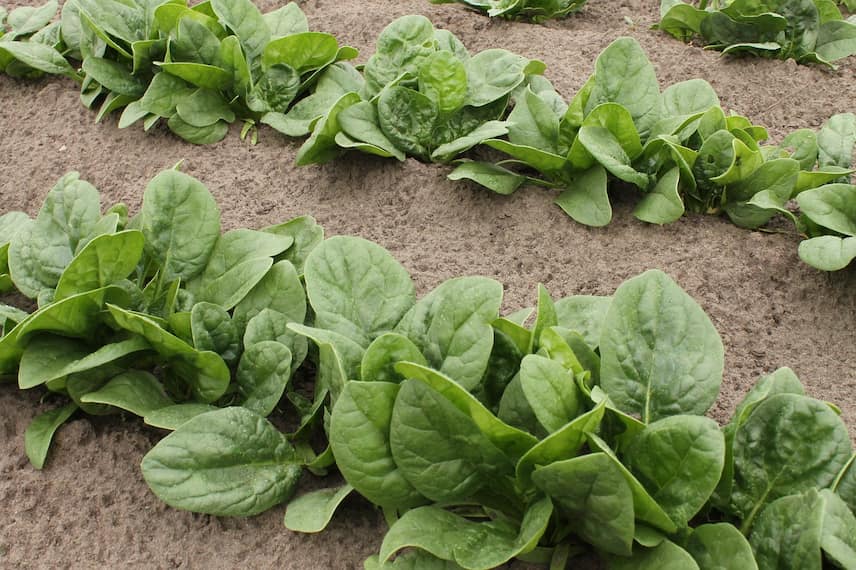
Varieties to favour : Junius to harvest from May to September, Matador for its very high productivity.
Cut-and-come-again lettuce for its tender leaves
Essential in any self-respecting vegetable garden, cut-and-come-again lettuce (Lactuca sativa) is harvested leaf by leaf from 30 days after sowing, depending on needs. Leaves regrow without forming heads.
Very easy to sow and grow, cut-and-come-again lettuce has few requirements: light, well-drained soil, sunny position, and regular watering. It is sown from February to September in open ground. Just watch for slugs, which also relish their young tender leaves.
Varieties to favour : oak leaf for its flavour, Lollo Rossa and Red salad bowl for their curly, red leaves.
Discover other Vegetables by variety
View all →Available in 1 sizes
Available in 1 sizes
Available in 1 sizes
Available in 1 sizes
Available in 1 sizes
Available in 1 sizes
Available in 1 sizes
Available in 1 sizes
Available in 1 sizes
Available in 1 sizes
Vegetables that grow in 40 to 60 days
Filament beans to pick young
This filament bean (Phaseolus vulgaris) must be picked very young to avoid appearance of strings. Its pod is then thin, bright green and very tender. A treat! Depending on varieties, can cultivate dwarf varieties or pole types.
Bean appreciates light soil, sun and regular watering. And it fears above all cold and frost. Sow only from May until July, in small groups and hill up young plants.
Varieties to favour : Triomphe de Farcy, fairly resistant to cool conditions, Oxinel, very productive.
Rocket, crucifer with peppery flavour
If you water cultivated rocket (Eruca sativa) regularly (growth faster than wild rocket), it will reward you. Suited to dry soils, rocket will have more tender leaves if provided with enough water. It also prefers partial shade and first leaves are harvested in less than two months after sowing.
Sowing is preferably from April to June, and in September and October provided plants are protected. Forty-five days later, first leaves can be harvested.
Varieties to favour : cultivated rocket.
Kale, a cabbage making a comeback
Excellent for health, kale is making a comeback in vegetable gardens with its curly leaves. Perfect for gardeners short on time, kale can be harvested leaf by leaf as needed, about 50 days after sowing.
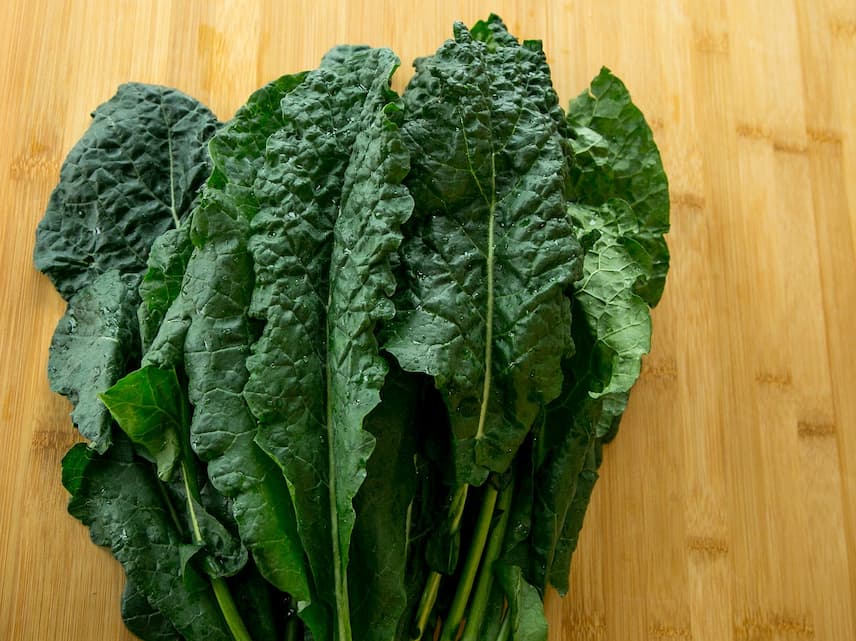
It likes soil well enriched with manure, and moisture. However, it prefers cool climates and dislikes heat. Sow in May–June, then transplant when plant reaches 5 cm. About 50 days later, first leaves are harvested.
Varieties to favour: Rouge de Russie with purple veins, Dwarf Green Curled, a very hardy dwarf variety.
Turnip, to harvest early
Harvested two months after sowing, spring and summer turnip is eaten early. Very easy to grow, this root vegetable is sown from March to June in well-tilled, manure-rich soil. You will need to water well or mulch to keep soil moist. A formidable enemy is flea beetle, but regular watering can help deter it.
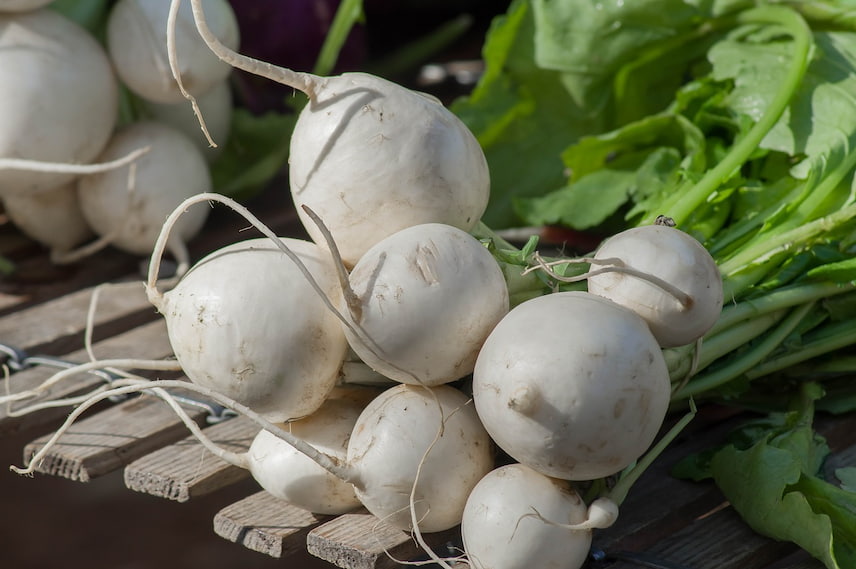
Rich in potassium, turnip can be cooked in a thousand and one ways.
Varieties to favour : Demi-long de Croissy with long white roots, Boule de neige Snowball, round and white, Navet Rave d’Auvergne hâtif with sweet flesh.
- Subscribe!
- Contents
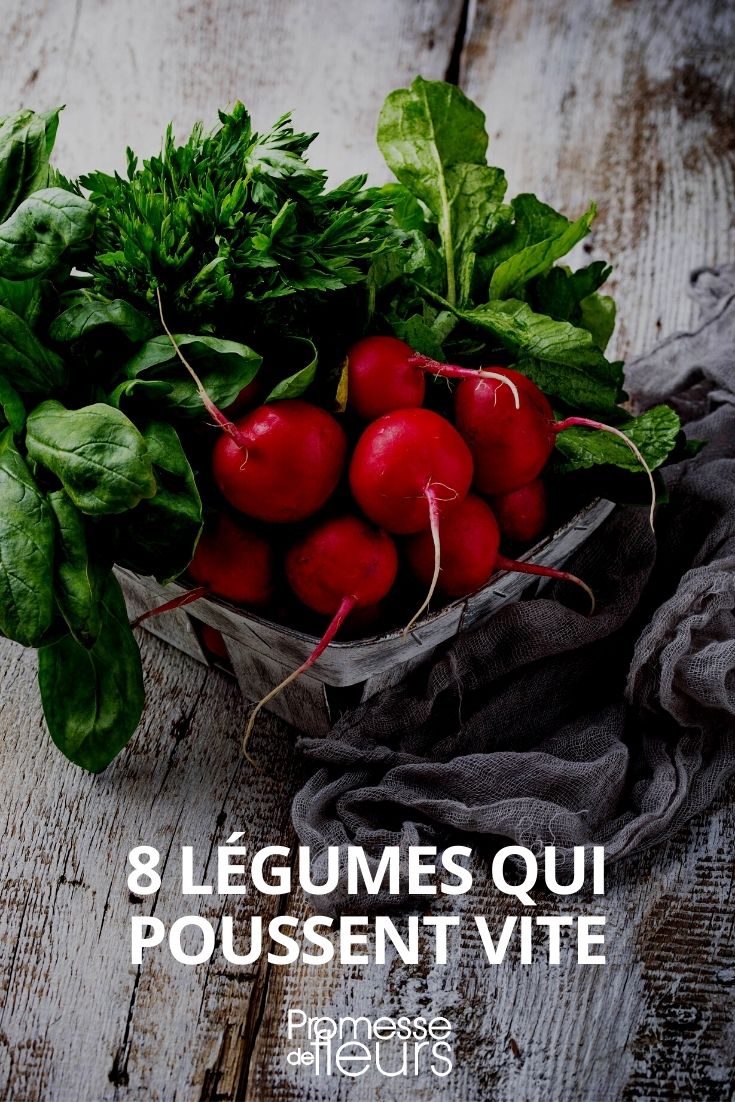































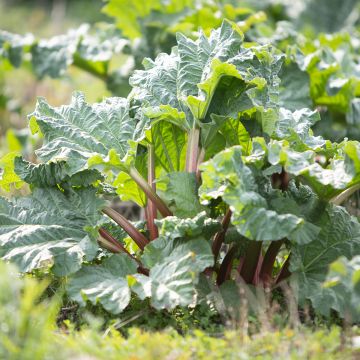
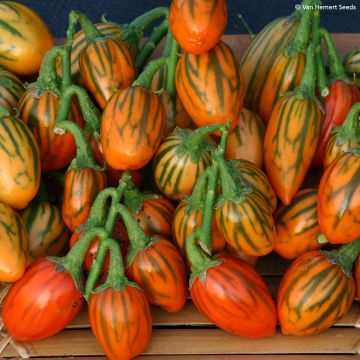
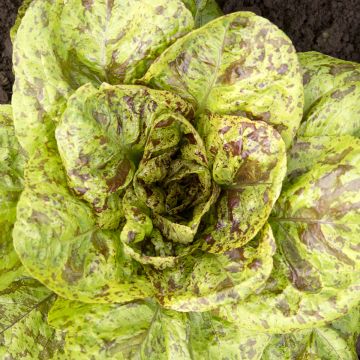
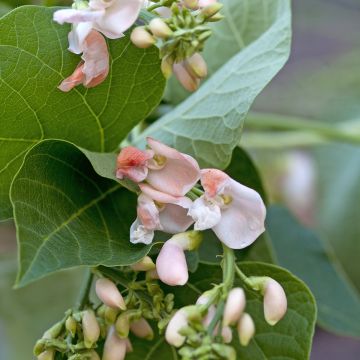
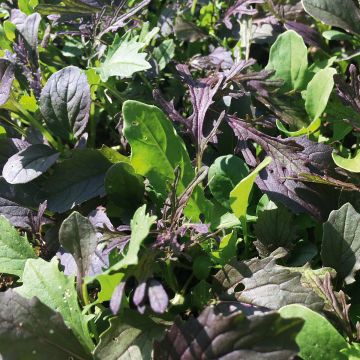
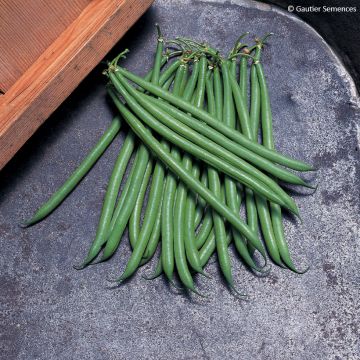
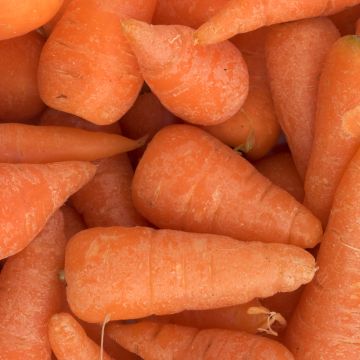
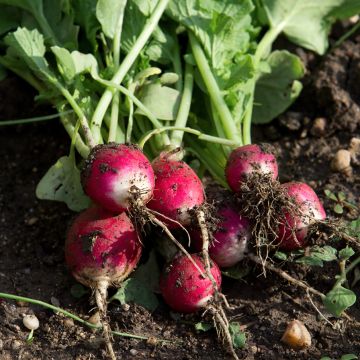
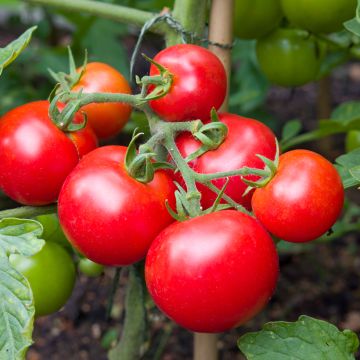
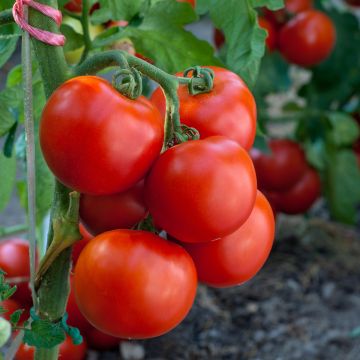
Comments